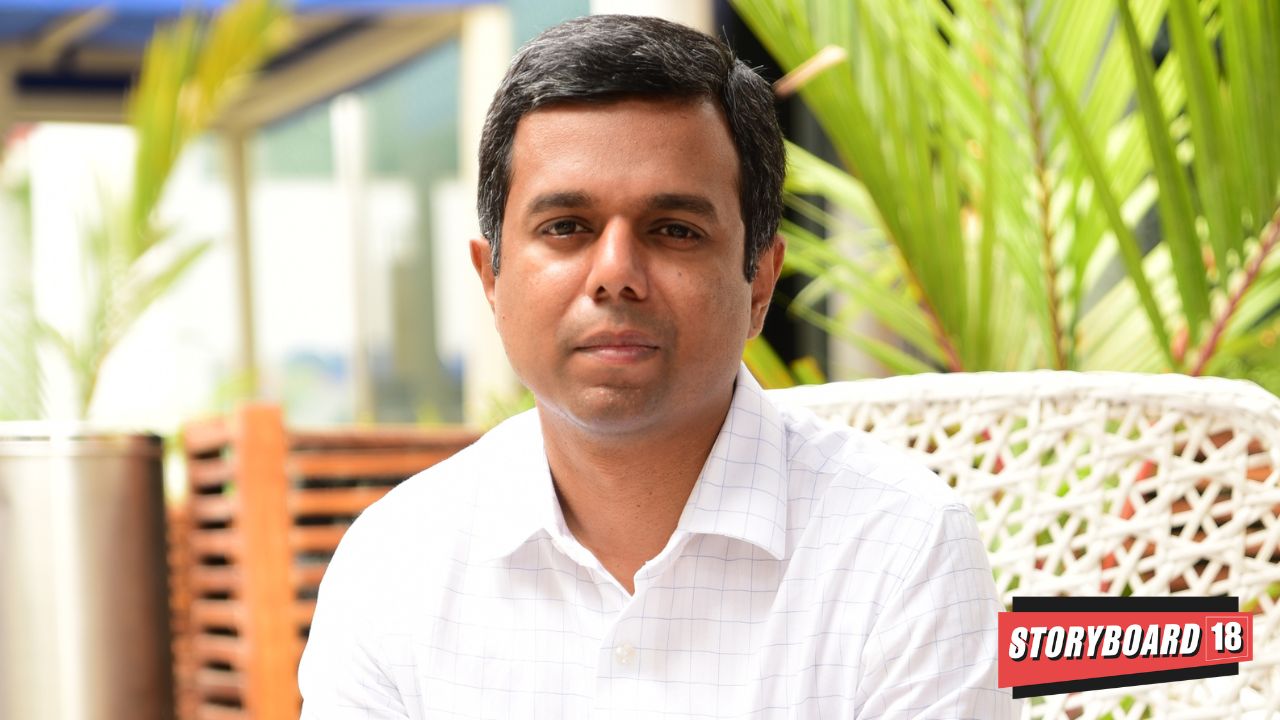Undoubtedly, companies benefit much from being associated with iconic properties, particularly when those properties include the Cricket World Cup in India, which attracts a sizable viewership. Because of this, we witness hundreds of brands placing bets on it for everything from jerseys to helmets to kits, on bats, in stadiums, during games, and so forth.
While this offers great visibility for brands or as they would like to believe, it also creates a clutter of advertising in itself.
It is for this reason that properties like the Indian Premier League or World Cup don’t please the sleep and home solutions company— Wakefit, anymore.
In a freewheeling conversation, Chaitanya Ramalingegowda, Co-founder, WakefitCo, says, “While we do sustenance during the same period and don’t stop any brand marketing, we don’t go crazy with the idea of buying the highly-expensive World Cup inventory.”
He talks about the company’s increasing marketing spends, offline expansion, and how it remains on the lookout for acquiring companies that either are a well-loved brand or have good distribution or manufacturing capabilities.
It reported a revenue of Rs 813 crore in FY23—a 28.4% increase from FY22’s revenue of Rs 633 crore. While its FY24 results haven’t been made public yet, in FY25, Ramalingegowda shares that it is aiming for around 30% revenue growth.
Edited excerpts:
How was FY24 for the company? As we step in FY25, where do you want take Wakefit?
When we started the company in December 2015, the vision was to establish a D2C brand in the mattress segment. But over the years, that vision has expanded, and today, the goal is to become a complete home solutions company. That means furnishing everything for anyone with four walls from Wakefit. While our dream has evolved, the main principles of how we grow each category remain the same. We initiate every product category from research and development to manufacturing and delivery. Additionally, we prioritise post-sales support. Lastly, we aim to offer a wide variety of choices at affordable price points.
While we haven’t finalised last year’s numbers or closed the accounting books, we experienced substantial growth from FY23, achieved EBITDA positivity, and became a profitable company.
In FY25, we aim for around 30% revenue growth. We are not looking to raise funding because we are well capitalised from the last raise that happened 18 months ago but on the acquisition side, we are always on the lookout for companies that either are a well-loved brand, or have good distribution or manufacturing capabilities.
What gives you the confidence to achieve this growth?
The growth will come from three different perspectives: geography expansion, channel expansion and category expansion. Within India, we are majorly present in about 10 cities for furniture and we want to expand it to about 30 cities in the country.
We have over 85 company-owned and company-operated stores and we have a target of closing 100 stores by the end of FY25. The size of the stores is around 2500 to 3000 square feet.
In terms of category expansion, we didn’t have such a deep presence in furnishings and home decor, so there is a lot of work for us to do to be able to complete the portfolio.
How has the global trend toward premiumisation impacted you?
This pattern is unfolding across all the categories we operate in. Premiumisation is evident in mattresses, bed frames, and wardrobes. There’s no doubt that this is a very secular trend that will persist for at least the next two to three years because of the K-shaped recovery that the Indian economy is showing, so there’s a significant recovery in both opening price points and premium price points. However, the middle-class market isn’t experiencing as much growth; it’s remaining flat. Across all our categories, we’re observing this trend. We believe that while there might not be much growth in the percentage split between premium and mass segments, there is a much bigger growth in the premium sector due to its smaller base.
Meanwhile, we cater to entry-level buyers by having products that have value for money.
In line with the growth aspirations, how is the company increasing ad spends? Do marquee properties like T20 and Bigg Boss remain on your radar?
Our marketing costs are calculated based on a zero-based budgeting approach because every year the planning process, product categories and channels are different. Having said that, in the current fiscal we have seen nearly 25% growth in marketing spends compared to last year.
While marquee properties remain relevant, they’re too expensive, and there is a very cramped share of voice fight in that period, where every advertiser is spending a lot and in that gap, it’s hard to capture the attention and the mindshare of the consumer. So while we do sustenance during the same period, we don’t stop any brand marketing, and we don’t go crazy with the idea of buying the highly-expensive World Cup inventory.
